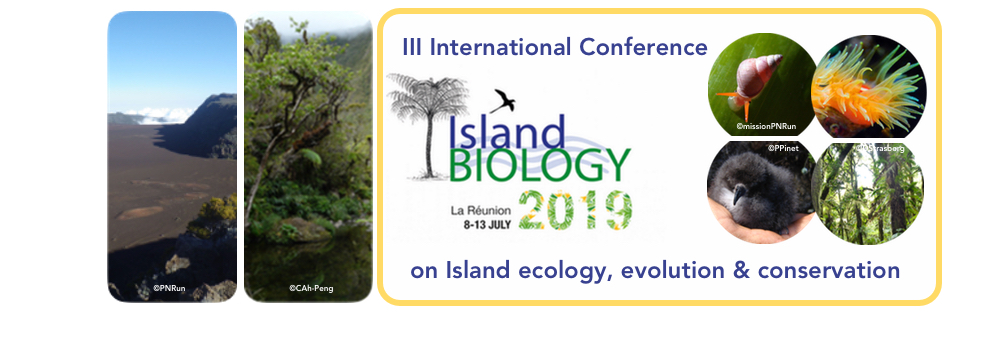Baker's law posits that self-compatible (SC) plant colonizers of oceanic islands should be more frequent than self-incompatible (SI) colonists because sexually-reproducing populations can originate from a single SC colonizer whereas two or more SI compatible mates are necessary. SC is over represented in insular Asteraceae compared to mainland members; nevertheless, many speciose Asteraceae lineages originated from SI or pseudo-self-compatible (PSC, can set some self-seed) colonists. Members of the composite genus Tolpis endemic/native to the Macaronesian archipelagos, save one Canarian species, consist of SI/PSC species and are exceptions to Baker's law. Interestingly, the in situ transition to selfing in the dynamic landscapes of oceanic archipelagos has rarely been reported for native/endemic insular composites. The purpose of this study was to examine the breeding system of two small populations of T. succulenta on Graciosa Island in the Azores, where the species is exceedingly rare. Progeny of maternal plants from the two populations exhibit high self-seed set. Segregation for SI/SC in synthetic F2 hybrids between SC Graciosa plants and SI T. succulenta from the Azores showed one major factor associated with breeding system, with SC recessive to SI. Phylogenetic analyses of genomic markers resolved SC T. succulenta as sister to SI T. succulenta in the Azores, suggesting that SC originated from SI T. succulenta. Plants on Graciosa are morphologically distinct from SI T. succulenta on other Azorean islands, with smaller capitula and style branches, and lower pollen-ovule ratios. The likely major factor favoring selfing in these small populations is the paucity of compatible mates both during and subsequent to establishment on Graciosa. Lack of pollinators was ostensibly not a large factor because plants can set seed in the absence of floral visitors. The ability to set self-seed without pollinators has positive conservation implications for T. succulenta on Graciosa; the greatest threats to the populations are loss of habitat and invasive plants. Evidence for formal taxonomic recognition of populations on Graciosa include phenetic divergence, occurrence as distinct clades in the phylogeny, and the likelihood that they are genetically isolated by the SC breeding system and spatial/geographic divergence.

|
|
|
|
The transition to selfing and its implications for the conservation of small insular plant populations: a case study from Tolpis succulenta in the Azores
1 : Department of Ecology & Evolutionary Biology, and the Biodiversity Institute, University of Kansas
Lawrence, KS, 66045-7534, USA -
United States
2 : CIBIO, Centro de Investigação em Biodiversidade e Recursos Genéticos, InBIO Laboratório Associado, Pólo dos Açores, Universidade dos Açores
Rua da Mãe de Deus 13A, 9501-801 Ponta Delgada, Açores, Portugal -
Portugal
3 : Department of Ecology & Evolutionary Biology, University of Kansas
Lawrence, KS, 66045-7534, USA -
United States
4 : Evergreen State College
Olympia, WA 98505, USA -
United States
5 : Department of Ecology & Ecosystem Management, Plant Biodiversity Research, Technical University of Munich
* : Corresponding author
Emil-Ramann-Str. 2, 85354 Freising, Germany -
Germany
|
| Online user: 13 | RSS Feed |

|
 PDF version
PDF version